Chinese fashion has had an independent, complete, and comprehensive cutting system since ancient times. However, since modern society, it has gradually been replaced by Western cutting techniques. Even traditional and ethnic clothing has to use Western cutting structures in order to survive.
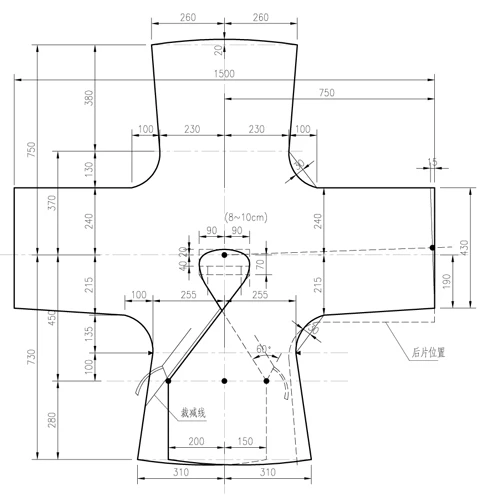
This state persisted until the revival of Hanfu. As one of China's traditional clothing, Hanfu not only has considerable influence but also has a different cutting method from Western fashion. However, this did not stop Hanfu from exploring fashion. For the past 20 years, there have been roughly four stages of exploration.
Traditional Shape · Daily Style - The First Exploration of Hanfu Fashionization
In the 20 years since the revival of Hanfu, the road to fashionization has been difficult and challenging, but it has never given up moving forward. The audience of Hanfu continues to update, but there are always a group of people who are keen to explore the styles that are more suitable for modern daily life among the historical Hanfu styles. They make subtle adjustments to the size or structure based on the aspects where the wearing experience is not very good through daily wearing practice, making these styles more suitable for daily wear.
This is the easiest path to fashionization, which can directly use the design achievements of predecessors. Its biggest advantage is stability, which is not easy to have too many problems in terms of national attributes. Most people can accept and recognize it without strong controversy. Its biggest disadvantage lies in its limitations, which can only meet very limited daily dressing needs. Most people cannot find a suitable style most of the time, and it is easy to give up wearing Hanfu.
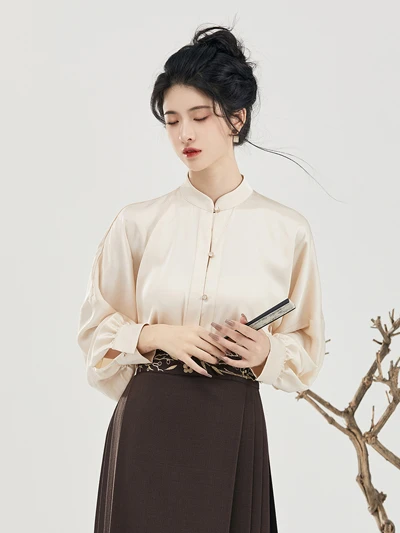
Clothing pattern makers around the world are studying how to use Western tailoring to meet all people's dressing needs. Compared with the modern fashion system built by such Western tailoring, the daily styles that traditional Hanfu styles can explore are developing very slowly, both in terms of wearing function and wearing experience. It is difficult to break through the current situation and make a substantial change in the non-daily overall impression of Hanfu.
Western Tailoring with Han Elements - The Second Layer of Exploring Hanfu Fashionization
Among the traditional costumes that modern Han people are willing to embrace, there are Zhongshan suits, Ma Gua, Qipao, Xiuhe dresses, and so on. Although their cultural backgrounds are different, they share a common feature - the pursuit of Western tailoring. It seems that all Chinese modern clothing, whether local or not, must go through the baptism of Western tailoring before it can be recognized as clothes that modern people can wear.
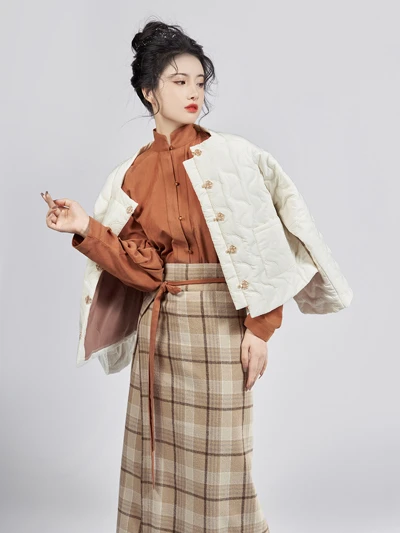
"Han elements" also do this. It dissects Hanfu into scattered decorative elements and forcibly inserts them into the framework of Western tailoring. This approach seems to be promoting the fashionization of Hanfu, but in fact, it denies Hanfu's ability to evolve independently. For thousands of years, Hanfu has been able to adapt to the changing needs of each generation. Why does it have to rely on Western tailoring in modern times?
This way of thinking and fixed impressions are related to the habits of China's clothing professional education. The teaching content is almost entirely based on Western tailoring theory, and the only value of local traditional costumes is to be dissected into scattered elements and implanted into the framework of Western tailoring. It seems that only Western tailoring is making clothes for people, and Hanfu is just a kind of fabric. Therefore, although "Han elements" is easy to wear, many people are still unwilling to accept it.
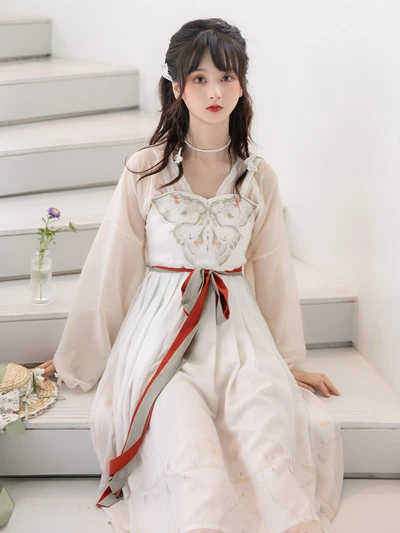
Traditional Qipao can be accepted by simply adding a stand-up collar and buttons to the basic structure of a Western-style tight-fitting dress, and traditional Ma Gua can be accepted by simply adding a row of centipede buttons to the basic structure of a Western-style coat. Many traditional costumes can accept such a deep infiltration of Western tailoring, but Hanfu has always been unwilling to compromise.
Traditional Structure · Fashion Style - The Third Exploration of Hanfu Fashionization
Although "Han elements" cannot be the destination of Hanfu fashionization, its appearance has accelerated the collision between traditional Hanfu images and modern fashion trends, allowing more and more people to realize that wearing Hanfu does not have to imitate ancient people and can also showcase their personal style.
In recent years, various trendy fashion styles have continuously injected into the traditional Hanfu structure. Different from the traditional daily style, they can not only be worn daily but also express themselves like popular fashion.
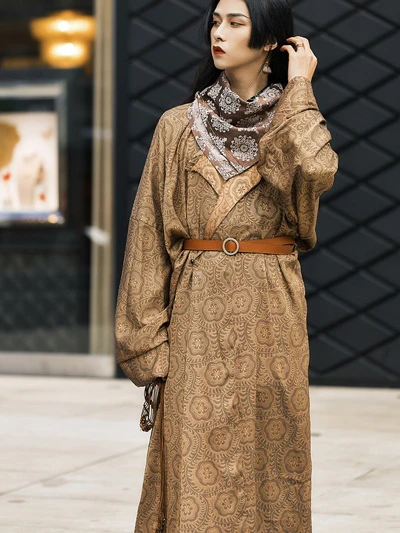
In order to achieve richer style effects, innovation of traditional forms has become more daring. The principles of traditional Hanfu structures are combined with visual art design to create a fashionable style of Hanfu dressing.
This path has promoted the leapfrog development of modern Hanfu aesthetics, giving traditional Hanfu beauty a sense of sophistication from the perspective of modern society. It also allows the beauty of traditional Hanfu to have intimate contact with the individuality of modern people. At this point, it can be said that Hanfu and the people who wear Hanfu have become acquainted with each other and have a certain understanding or even understanding of each other. This is the basic work for the widespread reconstruction of national life memories for the revival of Hanfu.
The participants and onlookers of the first generation of Hanfu revival did not have the right to wear Hanfu from birth. They all had a sense of incompleteness in national memory, and it was difficult for them to truly get rid of the impression of "ancient costumes" for the image of Hanfu.
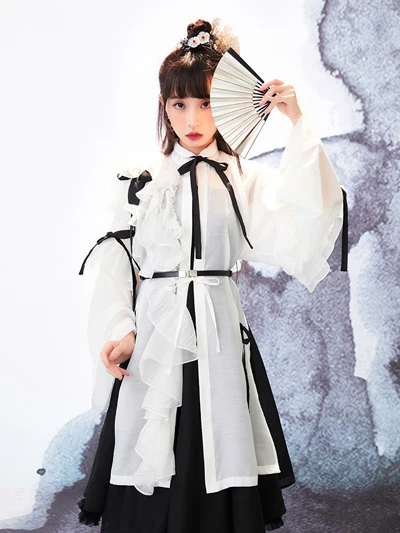
However, the children of this generation, even in their childhood or infancy when they were not clear about what ancient costumes and fashion were, have accumulated memories and emotional sedimentation for the warmth of Hanfu. When they fully entered society, their first impression of Hanfu was familiar.
In their life memories, Hanfu belongs to a social group memory like dialects and food in their hometowns. When it is extended to their next generation, this group memory has family attributes, and there is a little respect in the familiarity. When it is extended to the next generation, it may naturally form a relatively complete national attribute, with basic elements of warmth and respect.
Structural Reconstruction · Han Tailoring Fashion - The Fourth Exploration of Hanfu Fashionization
Hanfu fashion has developed to the third level, and it could have waited for the ultimate success of the Hanfu revival. So why is there still a fourth level of exploration? Because Hanfu enthusiasts and businesses have never stopped exploring. This is also a tradition and group spirit of modern Hanfu revival.
In many Hanfu stores, there will be a dedicated area for selling daily Hanfu and fashionable Hanfu. However, most customers still question whether they can wear them in modern daily life, and always feel that they are only for taking photos, and insist on the complete set, making it difficult to accept mix and match with versatile items and trendy fashion.
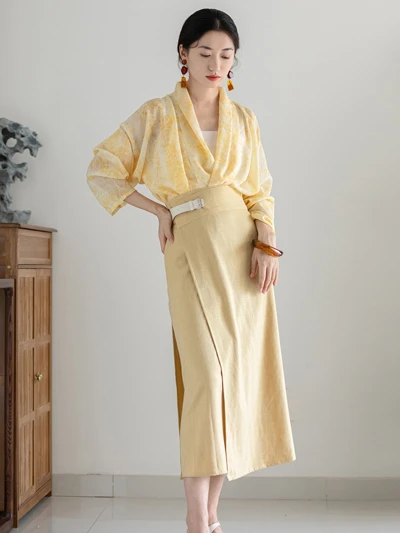
This may reflect prejudice of ordinary consumers towards Hanfu: even if the Hanfu version is made to be 99% suitable for daily and fashionable use, ordinary consumers still feel that it is a costume worn by actors in Chinese costume dramas; even if the Western version is only made to be 9.9% suitable for daily and fashionable use, ordinary consumers still feel that it is fashion clothing. This may not be a problem of "whether Hanfu is suitable for daily wear", but a problem of "whether fashion can only be tailored in the Western style".
If we don't change the impression that fashion can only be tailored in the Western style, Hanfu cannot complete the evolution of fashion completely. Although this has little impact on Hanfu's ultimate restoration of national costumes. In the current fashion industry and clothing profession, Western tailoring has not left room for other forms of tailoring techniques, and Hanfu tailoring can only replace Western tailoring to a certain extent to truly gain a foothold. This may change the stereotype of Hanfu among the general public to a greater extent and accelerate the evolution of fashion and the construction of ethnic group memory.
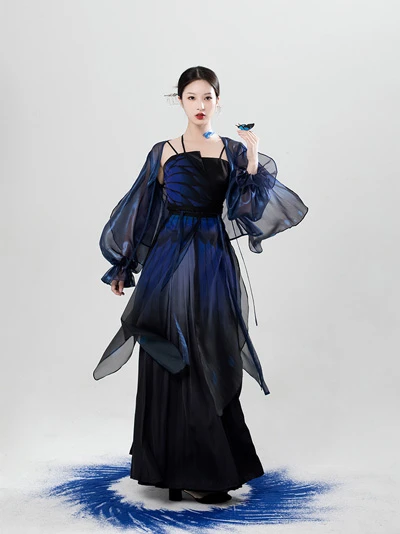
Shirts, skirts, dresses, cardigans, windbreakers, and overcoats, although they have long been using Western tailoring, do not mean that they are Western-style suits. The essential functions of these clothes may have existed in the historical costumes of most ethnic groups.
As far as clothing categories are concerned, these clothes do not have ethnic colors and are not limited to Western tailoring. At least in the preliminary Han tailoring experiments, these fashion categories can be independently achieved with corresponding effects and functions through the organic restructuring or evolution of traditional Hanfu structures without relying on Western tailoring techniques.
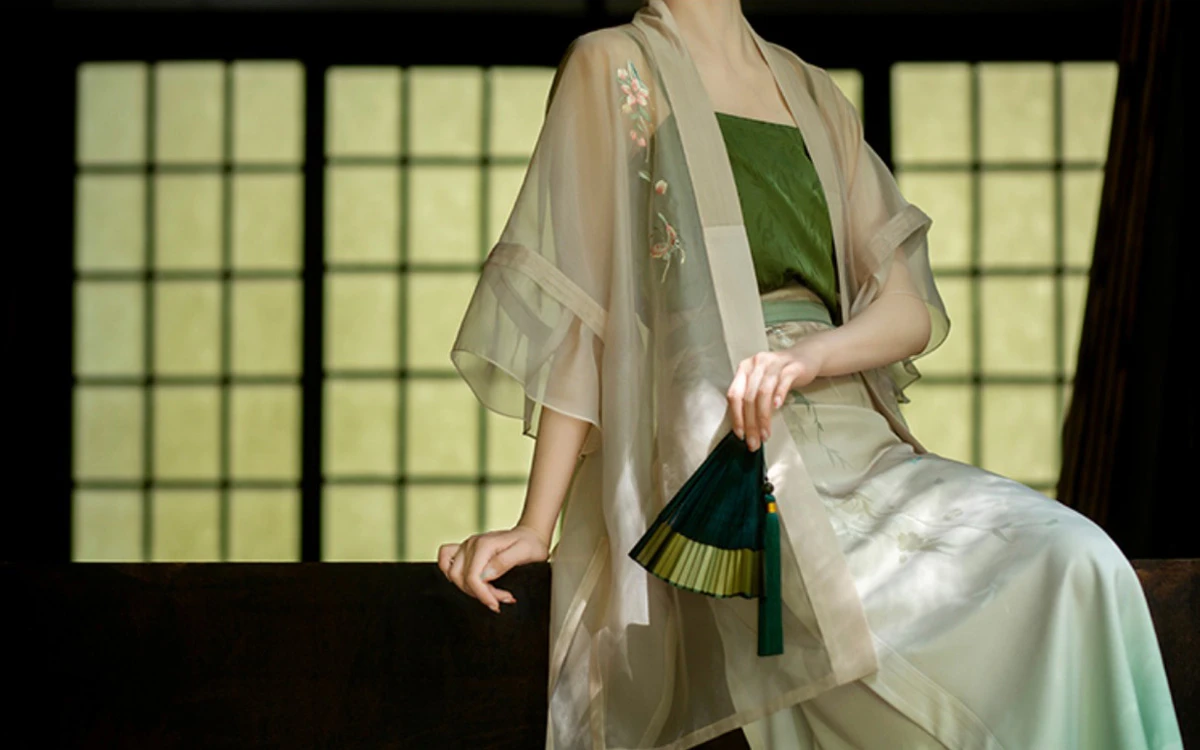
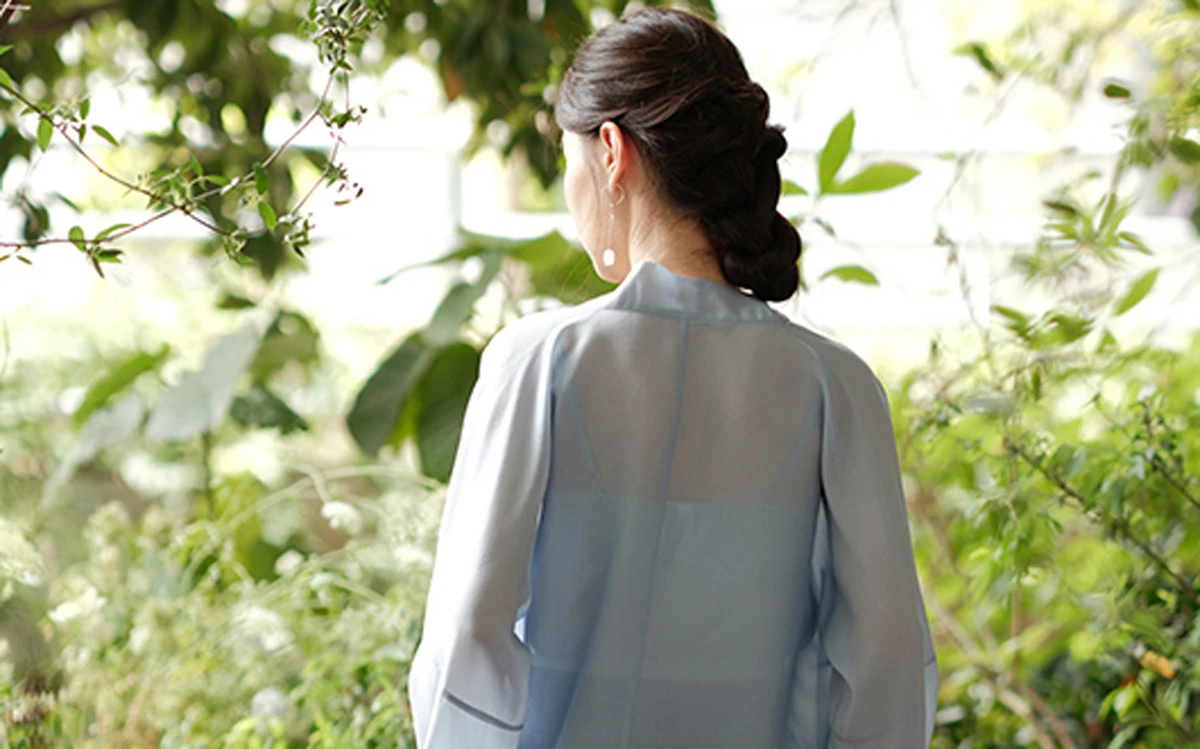
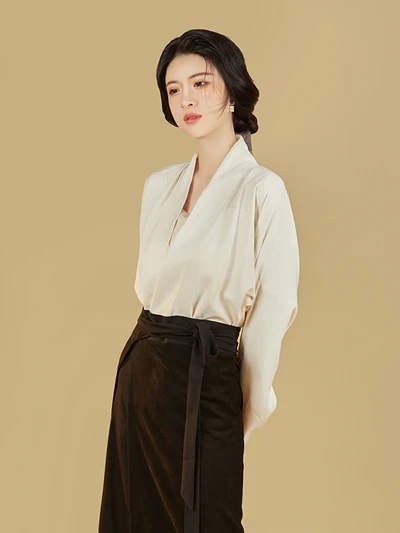
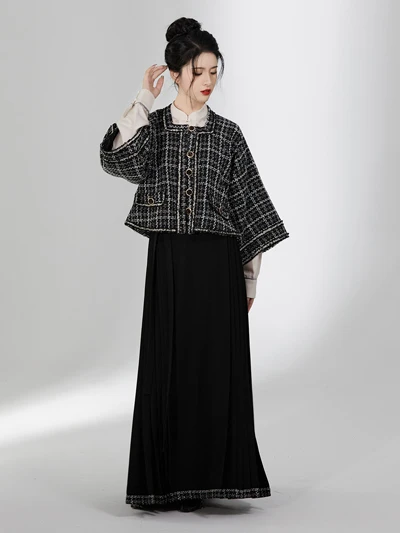
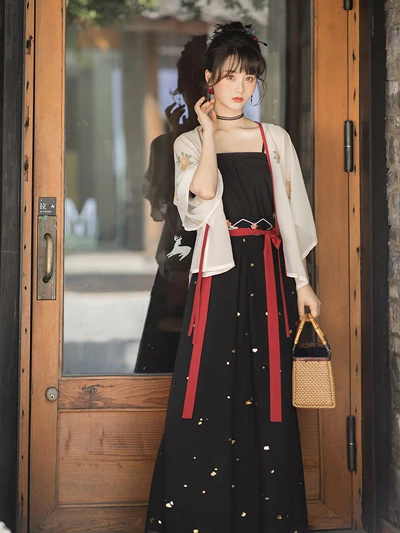
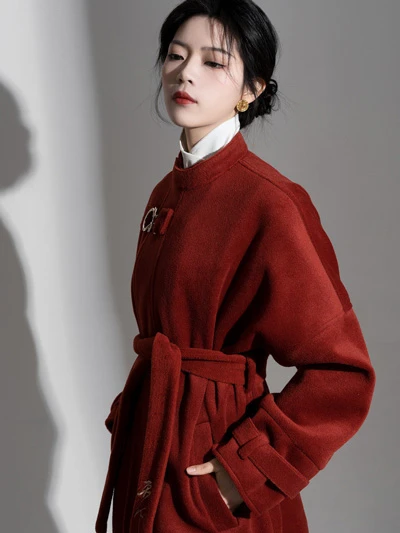
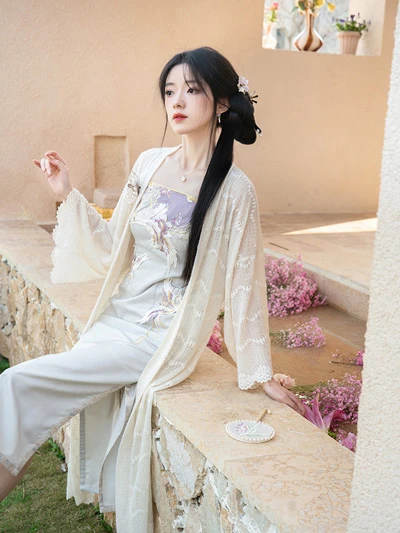
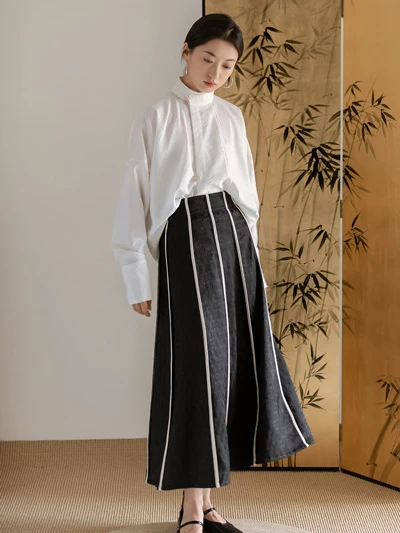
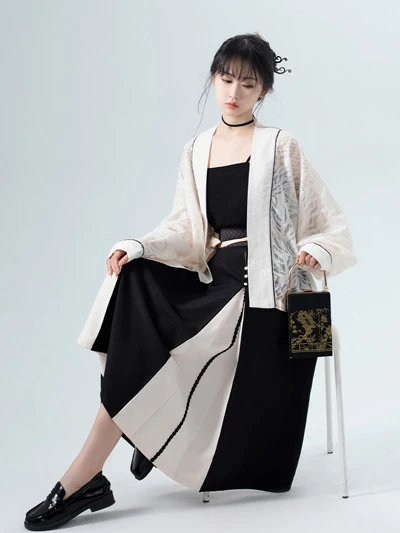


I love it😍
Yes that right
Thank you for articel